Design 101 - 5 Ways to Layer Décor for a Cozy, Styled Look
By Grace MacDonald
Layering decor is one of the simplest ways to make your home feel thoughtfully styled yet lived in and cozy. Whether you're starting from scratch or giving a room a refresh, layering adds depth, texture and interest to any space!
Here are five easy ways to layer decor in any room — with tips to get it right every time.
1. Layered Decor on Coffee Tables, Shelves or Mantles
When it comes to styling surfaces, layering is key to making things feel collected while not cluttered. Styled surfaces are something to have fun with and at the end of the day, anything goes, but here are a few helpful rules if you’re looking for some direction:
For a balanced and natural look, group items in odd numbers (ideally 3 or 5) — there’s something about odd-numbered groups vs. even number groups that are more appealing to our eye.

To add depth, use books or trays as a base layer, then add candles, vases or decorative objects on top — like that bird figurine you found in an antique shop last week. Another easy trick is to stack books horizontally with a decorative object on top.

Vary the scale of items to draw the eye upward and around. For example, taller pieces like candlesticks and vases pair wonderfully with shorter pieces like trays or stacks of books.
Lastly, don’t be afraid to mix materials here — pairing a metal candle stick with a wooden jewelry box, or a ceramic vase atop a marble tray will add even more visual interest!
2. Layer Textile Textures & Patterns
Mix textures with patterns for a dynamic space. One of the best places to start when adding visual interest to a space is by mixing textures and patterns. While I know playing with pattern can sometimes feel intimidating, start by choosing a color palette of 2–3 tones and mix patterns within that range with textiles of that same color range but in a variety of textures — such as velvet, linen or leather.

Look for opportunities to layer in all textiles — throw pillows are an easy-low commitment way to play with both texture and pattern, but all textiles give you an opportunity to layer —from the window treatments to rugs, and even your sofa! Bedding is another great opportunity to layer the sizing of pillows (square, lumbar, round) with the patterns of quilts and the texture of throws. There options are endless!

3. Layered Wall Décor & Window Treatments
Layering wall decor and window treatments is a classic way (and one of my favorites) to add sophistication and elevate any room.
Layer Window Treatments. There are various ways to layer window treatments — the two most popular ways are to layer a heavier weight curtain with sheer curtains to add softness, or with woven wood blinds to add dimension. In my experiences, layering with floor length curtains tends to create the most dramatic look, but you can layer curtains of all lengths.

Combine Window Treatments with Artwork for a cozy gallery look. Surrounding artwork with dramatic floor length curtains, especially in a corner can create a cozy vibe (and it’s totally fine to let the curtains even overlap the artwork a bit). Always ensure curtains are hung at the proper heights and width — at least 6” above the window frames, and 6” beyond the width of the frame on both sides.

Pictured: Sara Le Print Linen Drapery Pleated in Vintage Linen SL-J1
Layer Architectural Features with Window Treatments to create even more dimension. Architectural moulding such as wainscoting, picture frame moulding and chair rails add depth to a space, and you can add even more elegance when layering with floor length curtains, art and lighting.

4. Layer Lighting
I know all the lighting designers out there are going to appreciate this one, but possibly one of the most important forms of layering is with lighting.
But layered lighting isn't just pretty — it's practical and helps set the tone for each space.
Incorporate all three types of lighting: Considering sources of natural light as well, look to incorporate ambient (overhead), task (reading lamps), and accent (sconces or candles) lighting. The addition of mirrors will also “bounce” light, adding further ambience to an area!

Vary the heights of lighting. My rule of thumb is usually to try to have at least 1 floor lamp and 1 table lamp in most spaces, layering in accent lighting in the form of either sconces or candles where I can.
Use dimmers or warm bulbs to soften the mood and add warmth at night. I usually like to aim for around 2500 Kelvin for a nice warm glow.
5. Mix Natural Materials & Elements
Mixing natural materials in design is a great way to create a warm, grounded, and inviting space. It brings texture and depth, while adding a sense of calm to interiors. Here are a few tips for doing so:
Balance Hard and Soft Materials. Harder materials (and their textures) like granite, marble or metal can make a space feel grounded by adding visual weight, but it’s important to soften these by combining them with materials like wool, linen, cotton or leather to add warmth.
- For example, pairing a natural stone tile with a jute rug, a wood table with velvet upholstery or a wicker bowl on a marble surface are all great options.

Incorporate Plants and Greenery. Plants bring any space to life and can pair well with anything. Mix large plants with small succulents or flowers, whether real or faux. You can also experiment with mixing leafy plants with dried florals or woody branches.

Layer Wood Tones, combing darker with lighter for added depth and avoiding a space feeling too matched.
Final Thoughts
Layering decor isn’t about clutter — it’s about intentional styling that feels lived-in and personal. Start small, play with textures and heights, and trust your eye. The more you layer, the more confident you’ll become in creating a space that feels truly yours.
*All photographs credit: Grace MacDonald



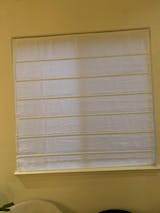
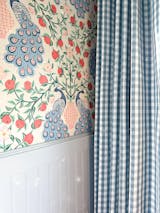

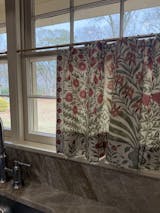




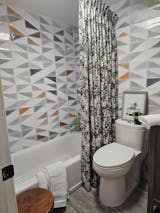
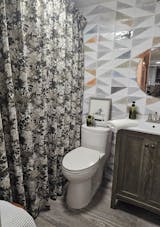
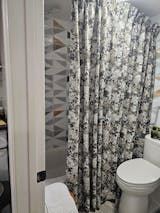
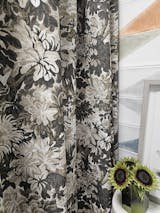
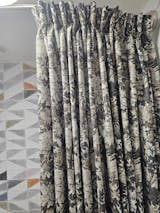
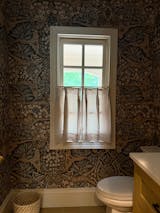
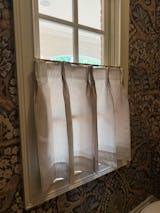
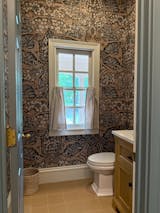
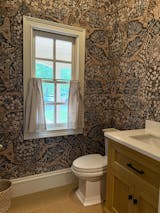

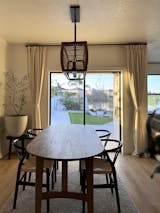
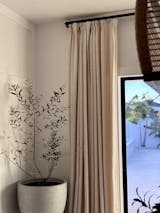
Leave a comment